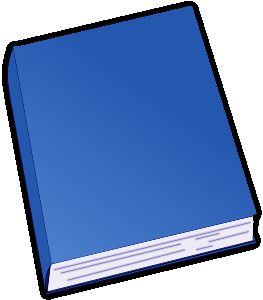Renaissance in Italy: Italian LiteraturePart 2 (of 2) By: John Addington Symonds (1840-1893) |
|---|

In "Renaissance in Italy: Italian Literature Part 2 (of 2)" John Addington Symonds continues his exploration of the Italian Renaissance with a focus on its literature. Symonds provides a detailed analysis of the works of major Italian literary figures such as Petrarch, Boccaccio, and Ariosto, shedding light on their contributions to the cultural movement of the time.
Symonds' writing is informative and engaging, offering readers a comprehensive understanding of the historical context and themes of Renaissance Italian literature. His deep knowledge of the subject matter is evident throughout the book, making it a valuable resource for students and scholars interested in this period of literary history.
Overall, "Renaissance in Italy: Italian Literature Part 2 (of 2)" is a well-researched and articulate account of the Italian Renaissance through the lens of its literature. Symonds' thorough analysis and insightful commentary make this book a must-read for anyone interested in the literary achievements of this pivotal period in Italian history. ITALIAN LITERATURE In Two Parts BY JOHN ADDINGTON SYMONDS Author of "Studies of the Greek Poets," "Sketches in Italy and Greece," etc. "Italia, sepoltura De' lumi suoi, d'esterni candeliere" CAMPANELLA: Poesie Filosofiche . PART II [Illustration] NEW YORK HENRY HOLT AND COMPANY 1888 CONTENTS OF THE SECOND PART. CHAPTER IX. THE ORLANDO FURIOSO. Orlando Furioso and Divina Commedia Ariosto expresses the Renaissance as Dante the Middle Ages Definition of Romantic, Heroic, Burlesque, Heroic comic, and Satiric Poems Ariosto's Bias toward Romance Sense of Beauty in the Cinque Cento Choice of Boiardo's unfinished Theme The Propriety of this Choice Ariosto's Irony and Humor The Subject of the Furioso Siege of Paris Orlando's Madness Loves of Ruggiero and Bradamante Flattery of the House of Este The World of Chivalry Ariosto's Delight in the Creatures of his Fancy Close Structure of the Poem Exaggeration of Motives Power of Picture painting Faculty of Vision Minute Description Rhetorical Amplification Rapidity of Movement Solidity Nicety of Ethical Analysis The Introductions to the Cantos Episodes and Novelle Imitations of the Classics Power of Appropriation and Transmutation Irony Astolfo's Journey to the Moon Ariosto's Portrait S... Continue reading book >>
|
| Book sections | ||
|---|---|---|
| eBook Downloads | |
|---|---|
|
ePUB eBook • iBooks for iPhone and iPad • Nook • Sony Reader |
Kindle eBook • Mobi file format for Kindle |
|
Read eBook • Load eBook in browser |
Text File eBook • Computers • Windows • Mac |
| Review this book |
|---|